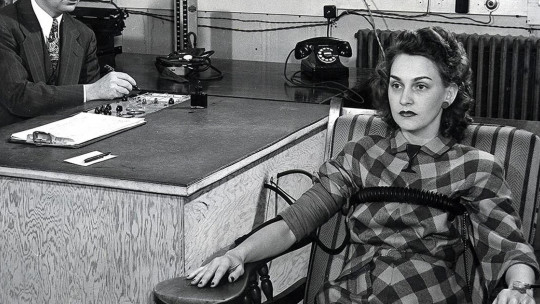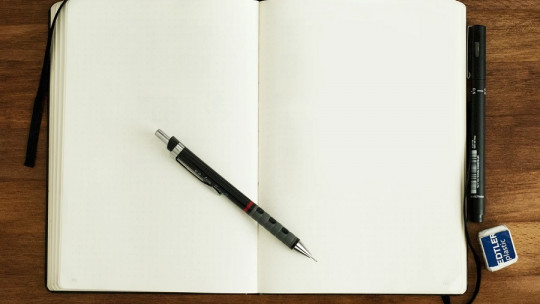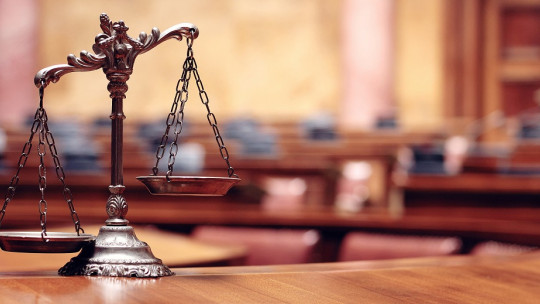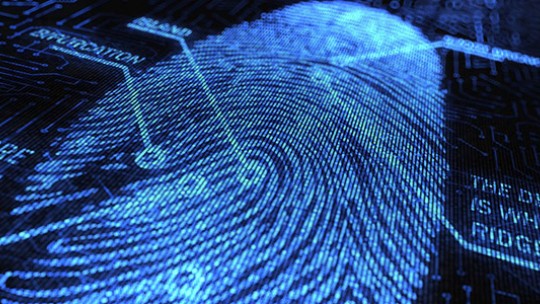The polygraph, commonly known as a lie detector has become part of our society since it became known at the end of the 1930s and thanks to John Augustus Anderson and Leonarde Keeler, its inventors.
When this machine began to be used, many experts in the field asked themselves the same questions that, even in today’s society, are the order of the day: is the polygraph an effective procedure for all people who undergo it or have been subjected to it? Is it easy to circumvent its detection system? To what extent should it be considered an infallible method for detecting lies?
These are reasonable doubts considering that the machine is capable of questioning its victims and creating situations of ambiguity if it does not know how to answer them. We’ll see now How the polygraph works and to what extent it is effective
The origin of the polygraph
The Italian Cesare Lombroso (a prominent anthropologist of the last century) studied the relationship between the changes that develop in the cardiovascular system and the body’s reaction to lying. He focused his research on two aspects of the human being: heart rate and blood pressure From this study, through new developments and progress in the technique of human behavior, they contributed to the creation of the polygraph, an invention by John Augustus Larson and Leonarde Keeler.
Since then, from that moment on, the polygraph was consolidated as an indispensable tool for some sectors, like justice, police and army mainly, in order to help detect people’s lies and/or deceptions.
How is it used?
The operation of the device itself does not require great skill on the part of the expert who handles it; This “only” will be in charge of paying attention to the interviewee and the results that come out of the polygraph test.
First, the person on whom you want to use the polygraph participates in a conversation (pre-polygraph interview) with an expert interviewer. through a stimulation analysis, better known as Stim Test with the aim of subjecting her to a series of lies and thus assessing whether her body responds to neurolinguistic changes.
Once this interview is concluded, the polygraph test comes into play, in which the person It is connected to a series of sensors that analyze its physiological reaction , and this is developed on a paper printed by the same machine. On this paper appear the records of the physiological activity that the individual has had while each question was asked.
How does the lie detector work?
What the sensors placed on the skin measure is the electrical conductivity of this These measurements are carried out in real time, and they tell us about the way in which the pores of the skin open or close to allow sweat to pass through, a substance that causes electricity to circulate. Other variables taken into account have to do with the heartbeat.
But the polygraph is designed to detect physiological changes in the person’s body and not to detect a lie as such. That is, the device He is not capable of knowing what a lie is by definition , but rather, it shows the bodily changes that the person undergoes during the polygraph test, without telling us why these changes occur. It is a way of isolating data and, from them, trying to deduce the logic that governs the person’s physiological activity and, from that, trying to know if they are lying or not.
The dilemma that arises from the reliability of the machine in question is constantly debated, given the infinite variables that human beings present in any type of situation. So that, It is very difficult to scientifically assess whether a person is lying or not because that depends, among other things, on whether has the ability to lie or if she simply gets nervous telling even the truth. The context in which the polygraph is applied is not emotionally neutral, and the subject who undergoes the machine knows that a slight change in his or her organism can cause him to have many problems in the future.
These are vitally relevant issues that should not go unnoticed by an expert if a fair test result is to be given with complete certainty. The polygraph tells us whether a person is more or less physiologically activated (to a certain point), but of course, technically it is far from being a lie detector.
Legal application of this machine
Its use, above all, occurs in some government agencies of the United States of America (CIA or NSA to name a few examples) in order to find out if the person is lying or not. Far from the American continent, its use in European countries is carried out for the assignment of certain jobs in private companies and in organizations in the security sector.
Thus, the effectiveness of the polygraph in the legal establishments is approved and legitimized, above all, in the United States and the countries that are under its influence , since they consider it fundamental evidence in a hypothetical court case. The same does not happen in the rest of the continents, since the doubts that have been raised over the years since its implementation back in ’38, call into question the validity of its results.
However, countries that resort to the practice of the lie detector approve its use and the result it provides. It is considered decisive evidence in a hypothetical case of subjugation of a person, so it could become an essential factor. for the resolution of doubts in a judicial process
How to pass the polygraph test
Some tips for successfully passing a polygraph test:
1. Understand the operation of the machine
If you have come this far, you should already meet this requirement. Knowing what one of these tests involves is a good way to feel less vulnerable.
2. Sleep well the day before
Arrive at the lie detector test having had enough rest makes us more sure of ourselves The objective is that the polygraph does not point out alleged lies for the simple fact that we are insecure.
3. Tell the technicians about the medications you take
If you are taking any medication, it is important to know, since its effects could interfere with the test
4. Breathe deeply during the test
When you have moved to the stage where you are asked the relevant questions, make sure your blood is well oxygenated To achieve this, it is good that you have practiced before, so you will not believe that you are improvising.
5. Remain in a calm state after the interview
Once the test is over, the technician may tell you that he or she knows you lied about something. This is usually a strategy to see how you react to hearing that.









